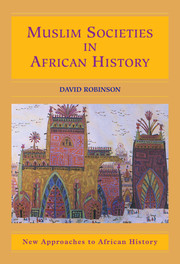2 - The Basic Institutions of Islam
Published online by Cambridge University Press: 05 June 2012
Summary
The leaders of the new Islamic community worked to create justice, unite the Bedouin, and conquer new lands. They also set about to establish the meaning of the faith and its implications for individuals and society. This was not an easy process, especially after Arabs and Islam spread beyond the Arabian peninsula. But slowly, from Medina, Damascus, Baghdad, and other cities, they constructed the essentials of the faith and the history of its emergence. Cities have been the laboratories of islamization throughout the history of the faith. Muhammad began his career at Mecca and was determined to assert his domination over the key city of the Hijaz before his death. Since then cities have been critical to the fortunes of the faith, whether as political capitals, markets, or centers of institutional development.
The first task of the new Muslim community was to develop a scripture. More quickly than the early Christians, they established the text of the Quran, within the first generation after the Prophet's death. The participants were the close associates of Muhammad, working under the direction of Caliph Uthman. A second sequence, working out rights and responsibilities that would govern Muslim conduct, took about two centuries; its product was Islamic law or Sharia. The main laboratories for this development were schools of “lawyers” who lived in the key cities and worked under the patronage of the ruling classes.
These processes of “constructing” Islam are just as important as the political and military narrative that dominated Chapter 1.
- Type
- Chapter
- Information
- Muslim Societies in African History , pp. 11 - 24Publisher: Cambridge University PressPrint publication year: 2004



